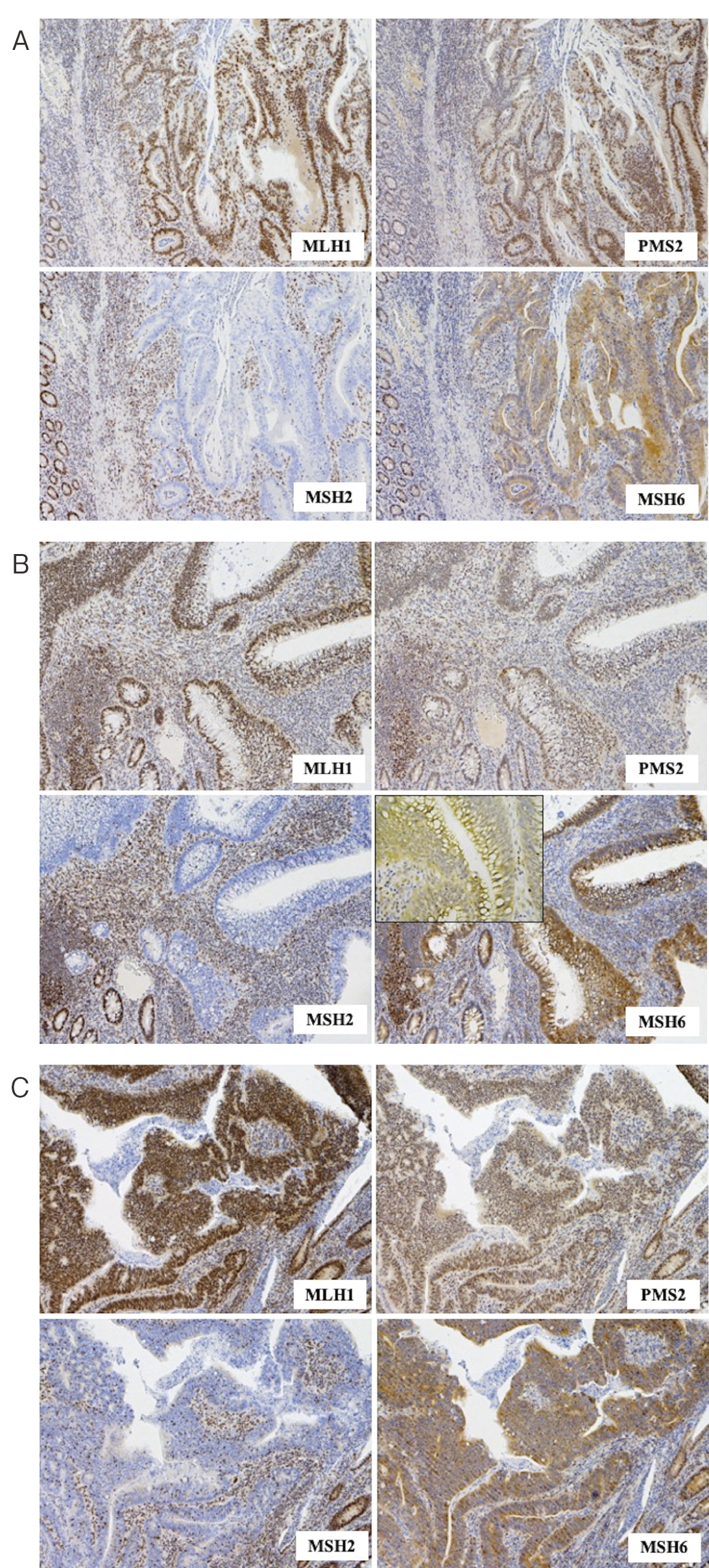Volume 4, Issue 4
Displaying 1-7 of 7 articles from this issue
- |<
- <
- 1
- >
- >|
Special Issue
-
2020Volume 4Issue 4 Pages 157-164
Published: October 29, 2020
Released on J-STAGE: October 29, 2020
Download PDF (356K)
Original Research Article
-
2020Volume 4Issue 4 Pages 165-173
Published: October 29, 2020
Released on J-STAGE: October 29, 2020
Download PDF (1416K) -
2020Volume 4Issue 4 Pages 174-180
Published: October 29, 2020
Released on J-STAGE: October 29, 2020
Download PDF (295K) -
2020Volume 4Issue 4 Pages 181-185
Published: October 29, 2020
Released on J-STAGE: October 29, 2020
Download PDF (144K) -
2020Volume 4Issue 4 Pages 186-192
Published: October 29, 2020
Released on J-STAGE: October 29, 2020
Download PDF (260K) -
2020Volume 4Issue 4 Pages 193-200
Published: October 29, 2020
Released on J-STAGE: October 29, 2020
Download PDF (312K)
Case Report
-
2020Volume 4Issue 4 Pages 201-205
Published: October 29, 2020
Released on J-STAGE: October 29, 2020
Download PDF (344K)
- |<
- <
- 1
- >
- >|







